Small Cell Lung Cancer Paraneoplastic Syndrome
Small cell lung cancer paraneoplastic syndrome. However LEMS associated with NSCLC is also reported. One of the most common paraneoplastic syndromes associated with lung cancer is the syndrome of inappropriate antidiuretic hormone SIADH secretion. Table 1 below shows some examples.
LEMS is the most common neurological paraneoplastic syndrome in small cell lung cancer SCLC. SCLC has a neuroendocrine origin and PNS is more common in such cancer types. Acquired factor VIII FVIII deficiency also known as acquired haemophilia A AHA has been identified as a rare paraneoplastic syndrome in SCLC.
PNS is seen by 715 of all patients with LC. Some examples are given below 12. Paraneoplastic Cushings syndrome as an adverse prognostic factor in patients who die.
This review focuses on the epidemiology pathogenesis clinical features and current. The tumour outcome and serological findings of these patients were also compared with those of 109 small-cell lung cancer patients without paraneoplastic syndromes of the CNS. Paraneoplastic syndromes arise most commonly with small cell lung cancer as well as gynecological and hematological malignancies.
PNS develops secondary to LC and increases the. Small cell lung cancer SCLC is a deadly and rapidly progressive disease that can present with various paraneoplastic syndromes on initial workup. Systemic symptoms and findings of PNS develop in 50 of patients with SCLC and almost 10 of patients with NSCLC.
Paraneoplastic syndromes can commonly occur due to lung cancer especially small cell lung cancer. Paraneoplastic neurological autoimmunity is often associated with small-cell lung cancer SCLC a highly malignant neuroendocrine tumor. Annual incidence of LEMS is 06 case per million and prevalence is 28 cases per million in the US.
Multiple syndromes are sometimes complicated in a single patient with SCLC. These are common scenarios that are common types of patterns seen with small cell lung cancer and extensive-stage small cell lung cancer.
These are common scenarios that are common types of patterns seen with small cell lung cancer and extensive-stage small cell lung cancer.
This review focuses on the epidemiology pathogenesis clinical features and current. PNS is seen by 715 of all patients with LC. Paraneoplastic Syndromes Clinical syndromes caused by underlying malignancy Mediated by humoral factors secreted by tumor cells or by responses to tumor antigen Associated with many types of lung cancer Can be the first manifestation of disease or disease recurrence 10 lung cancer patients present with a paraneoplastic syndrome. Paraneoplastic autoimmunity often correlates with longer survival. Some examples are given below 12. Paraneoplastic neurological syndromes are frequently associated in patients with small cell lung cancer SCLC and antineuronal antibodies are involved in the autoimmune mechanism. Table 1 below shows some examples. Unfortunately the majority of patients with small cell lung cancer present with extensive-stage disease so extensive disease comprises probably 75 to 80 of all small cell lung cancer with only 20 being limited-stage disease. This review focuses on the epidemiology pathogenesis clinical features and current.
Unfortunately the majority of patients with small cell lung cancer present with extensive-stage disease so extensive disease comprises probably 75 to 80 of all small cell lung cancer with only 20 being limited-stage disease. Unfortunately the majority of patients with small cell lung cancer present with extensive-stage disease so extensive disease comprises probably 75 to 80 of all small cell lung cancer with only 20 being limited-stage disease. However little is known about non-SCLC-associated neurological manifestations. Paraneoplastic autoimmunity often correlates with longer survival. 34 rows A paraneoplastic syndrome is a syndrome that is the consequence of cancer in the body. Small cell lung cancer SCLC is a deadly and rapidly progressive disease that can present with various paraneoplastic syndromes on initial workup. PNS develops secondary to LC and increases the.



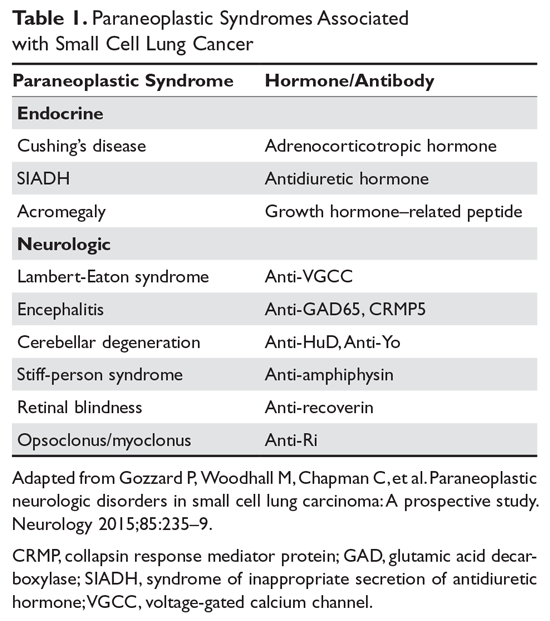



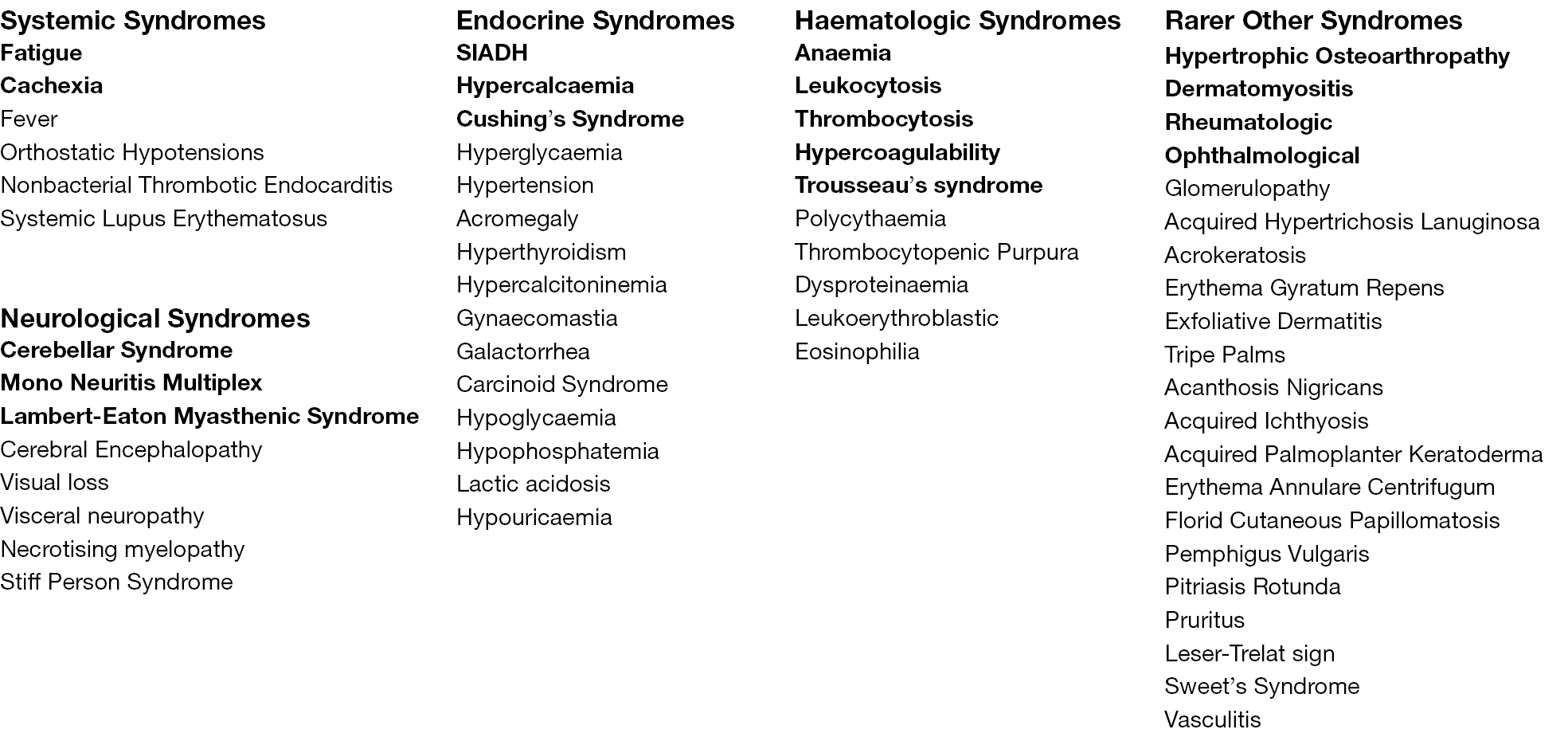


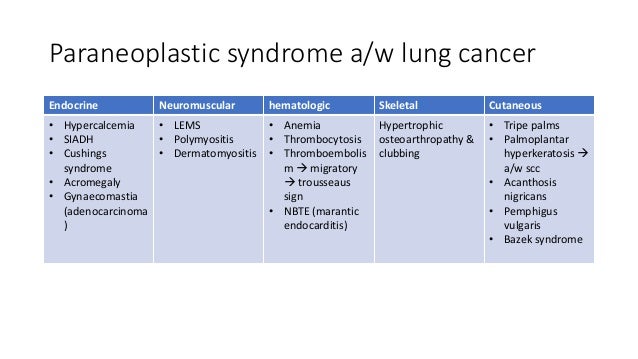
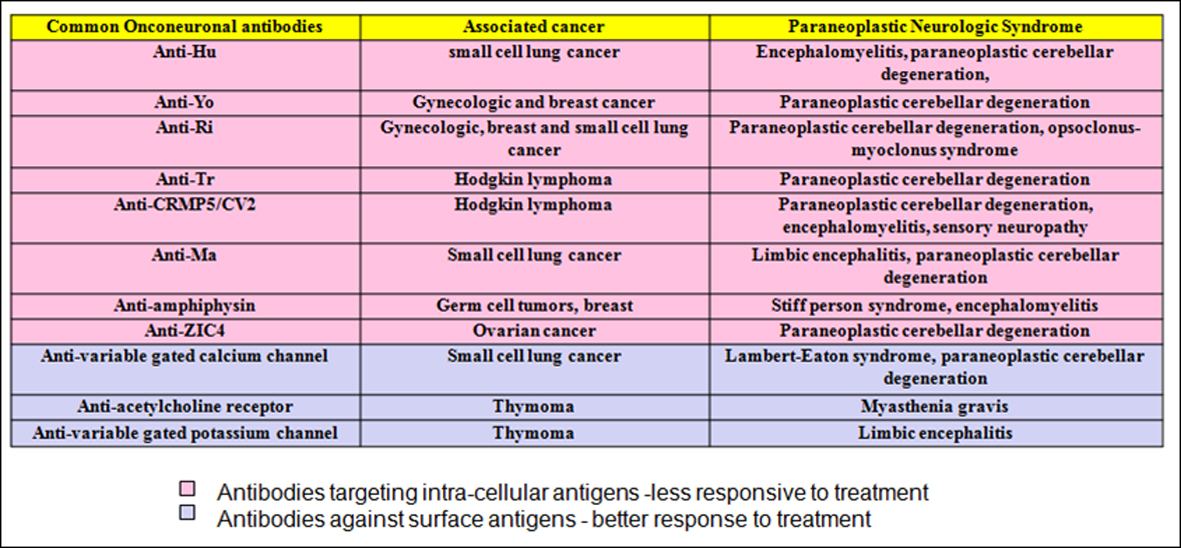



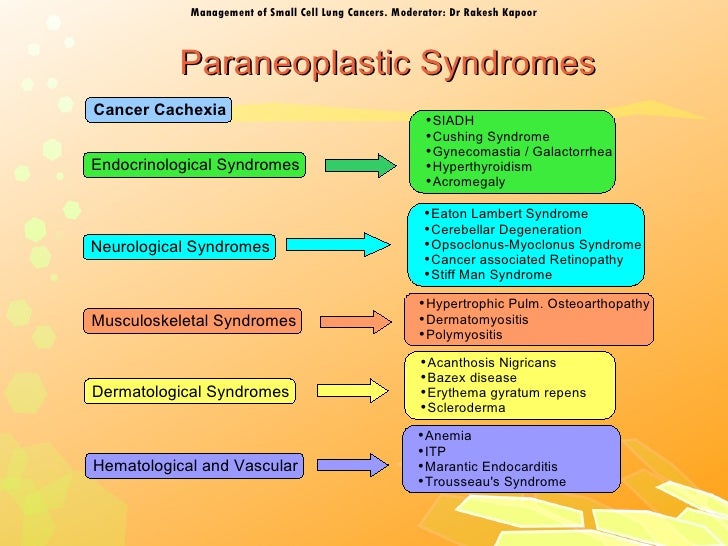






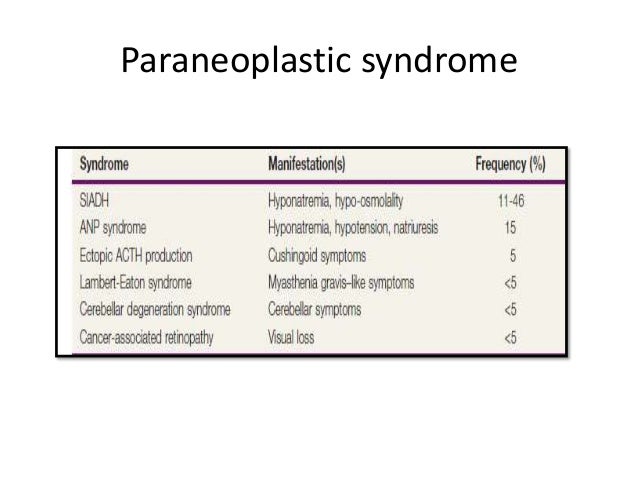
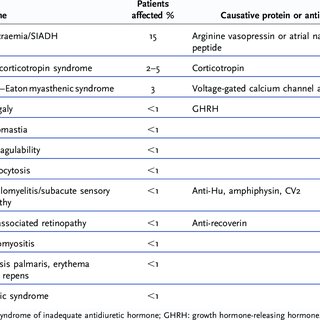
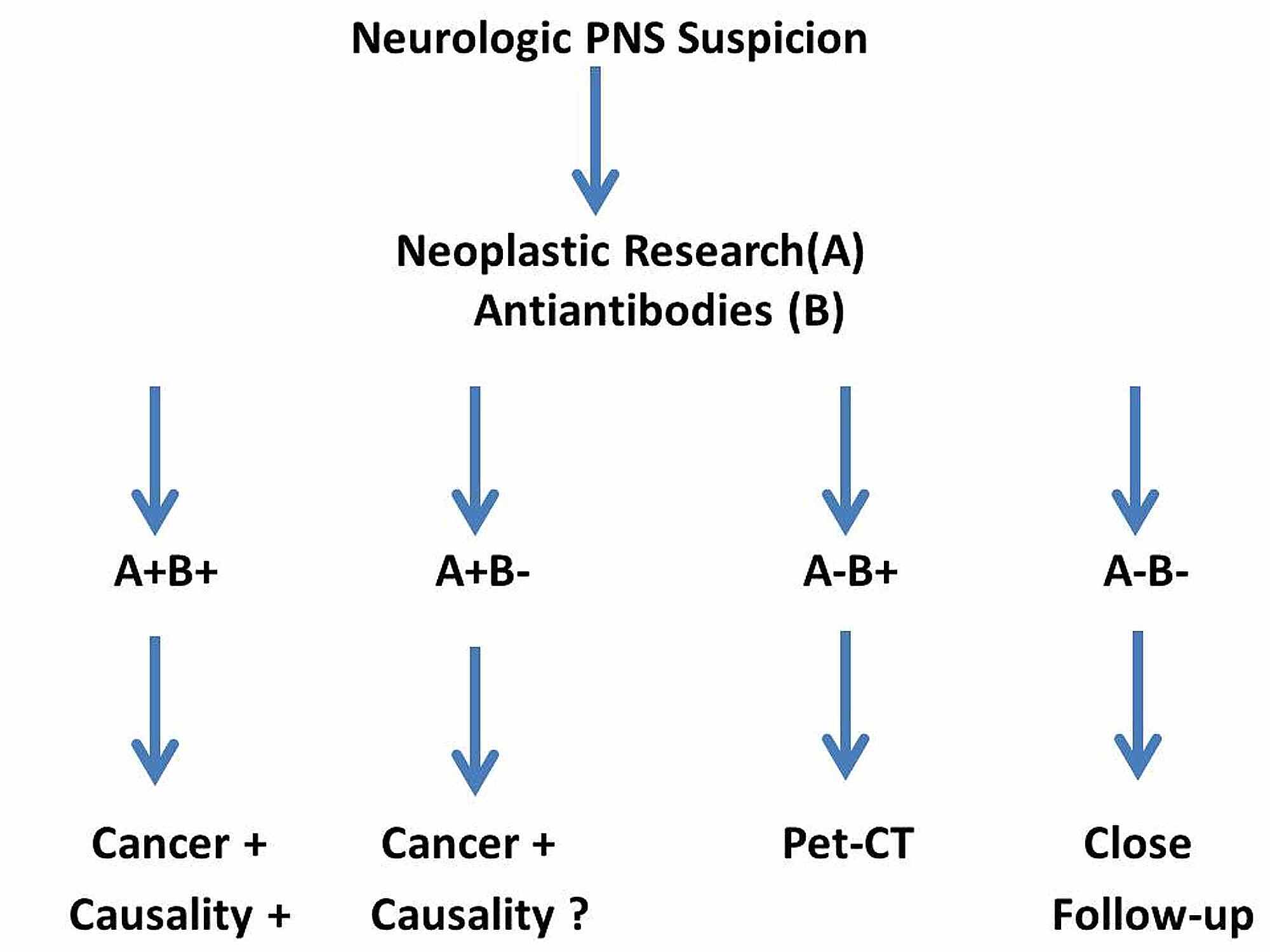
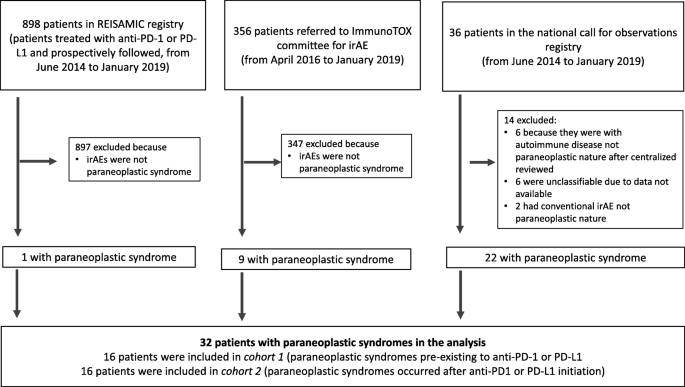



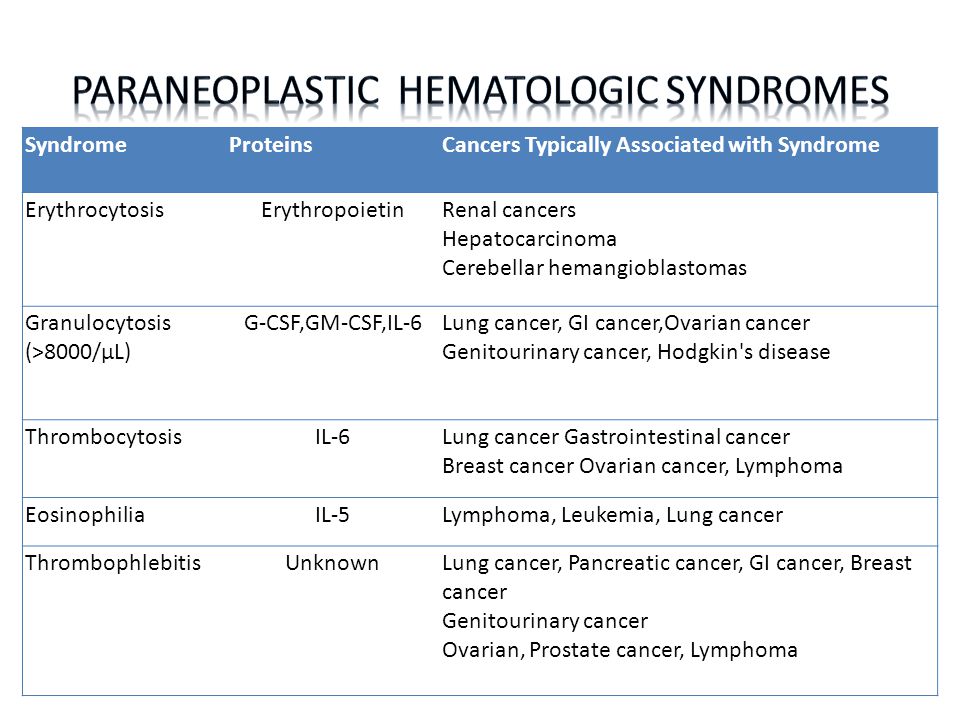



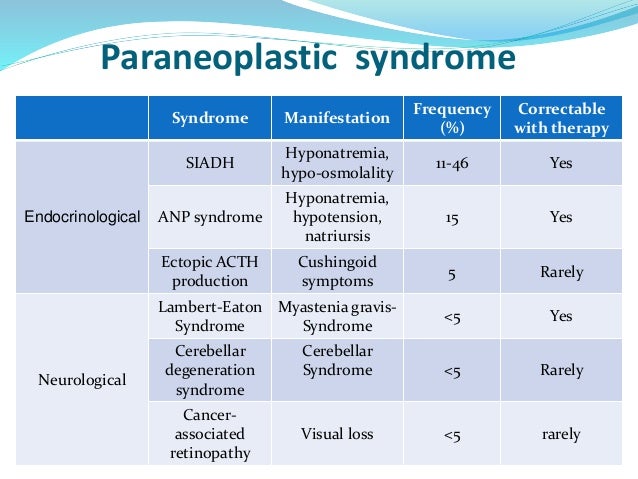



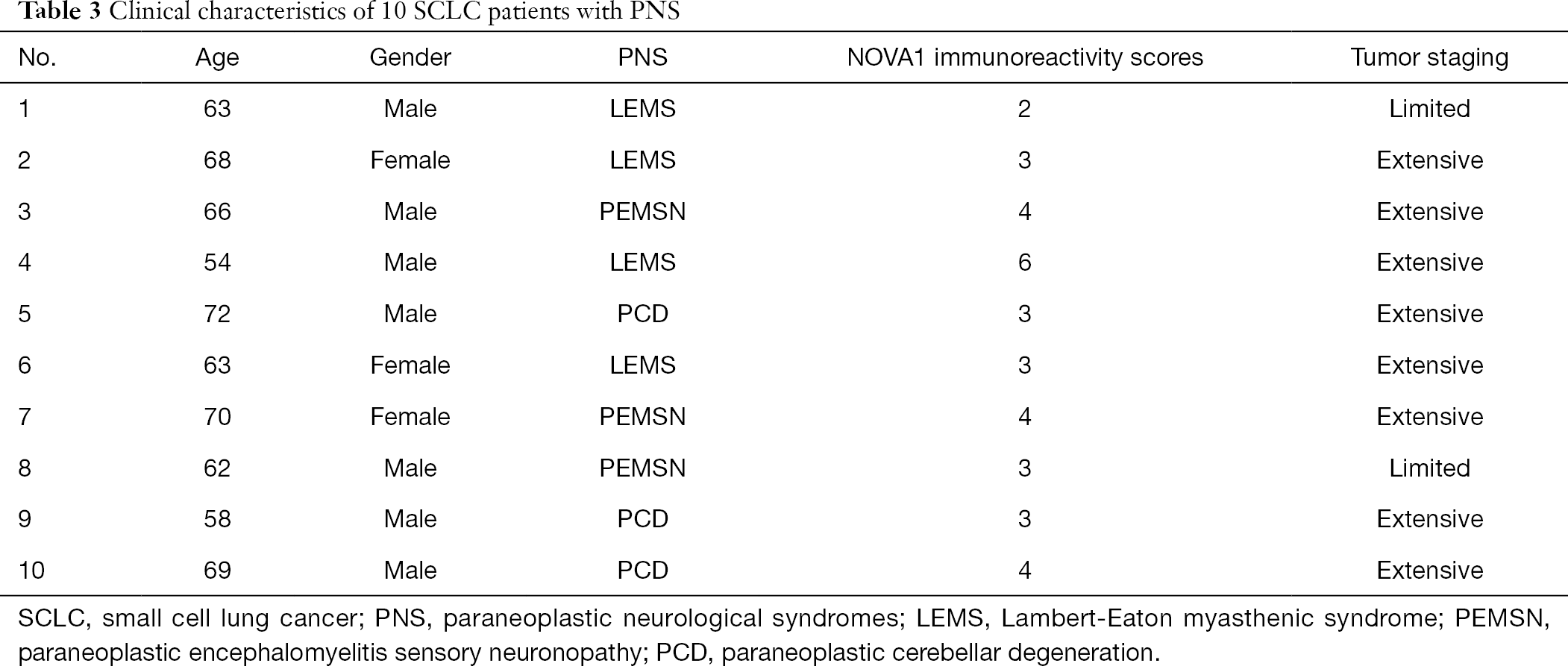

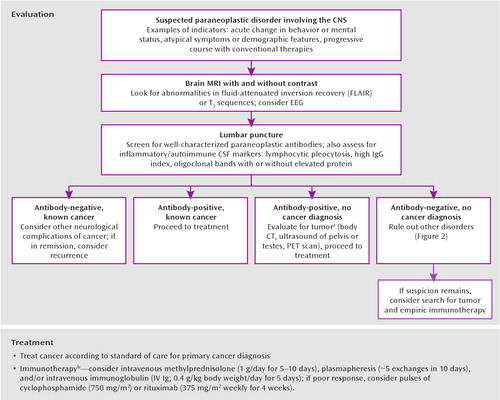
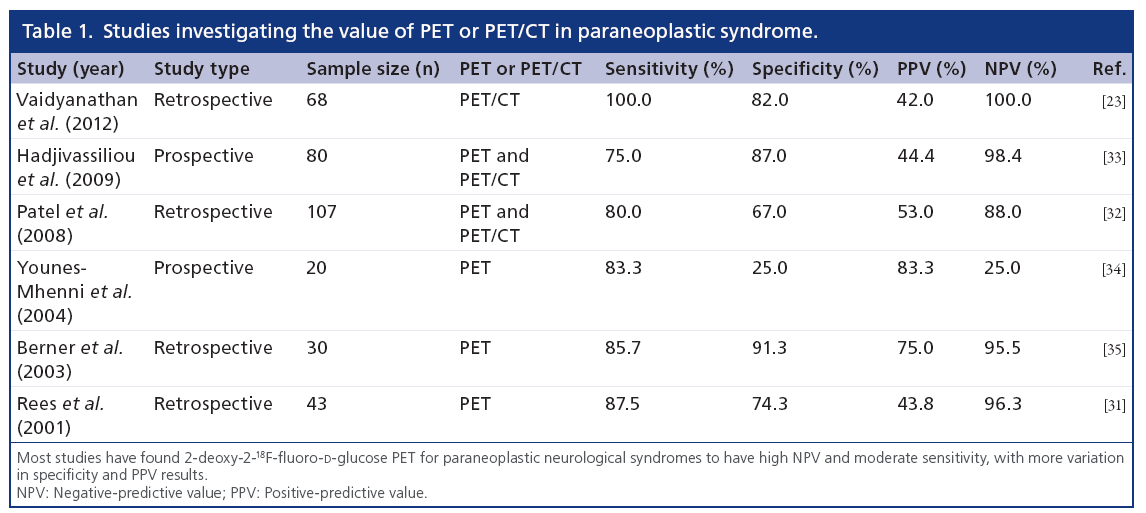
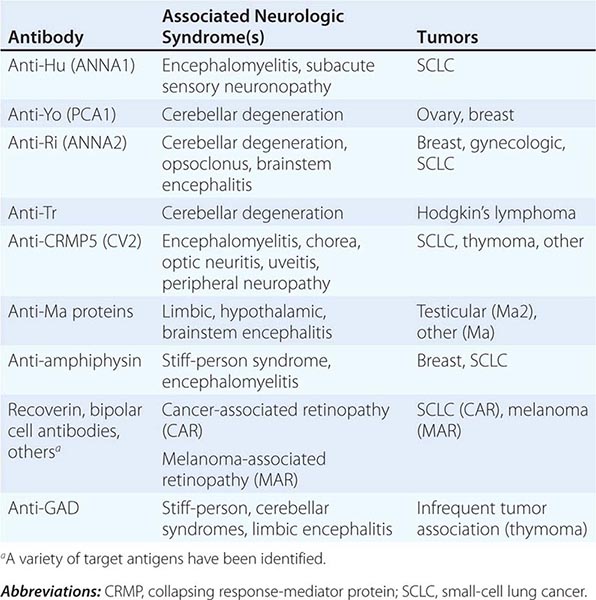



Post a Comment for "Small Cell Lung Cancer Paraneoplastic Syndrome"